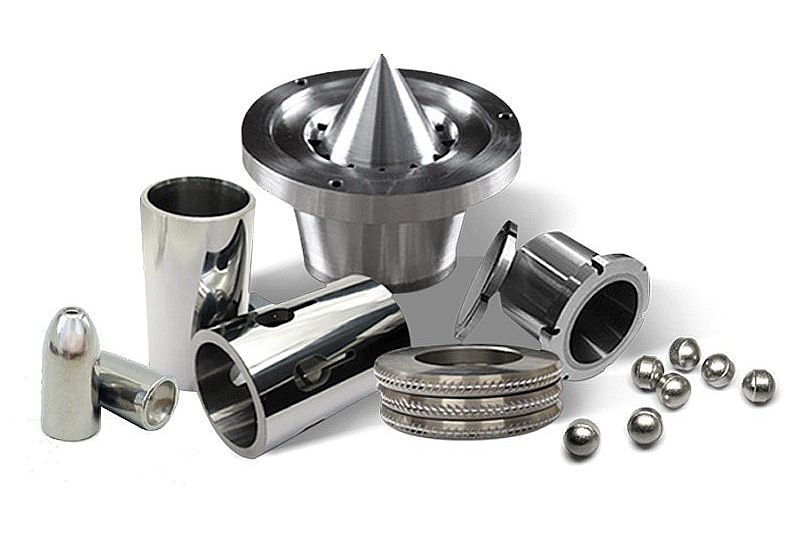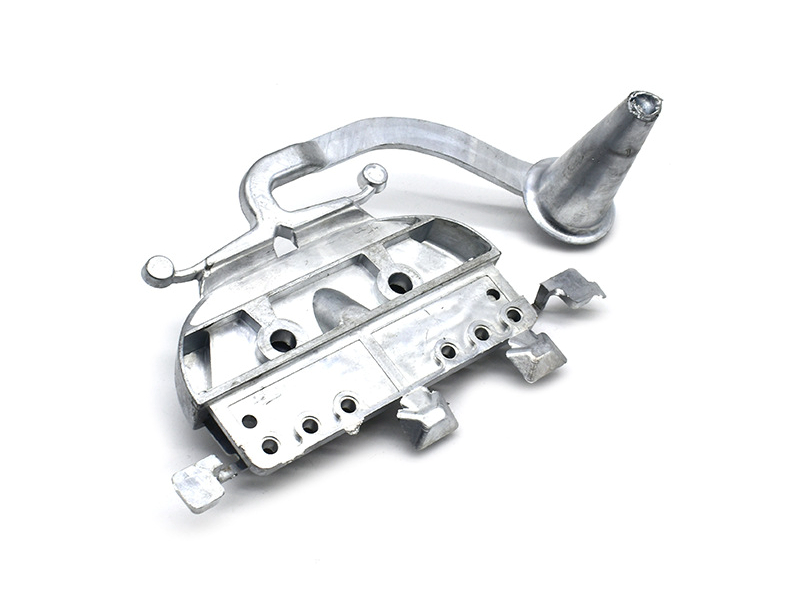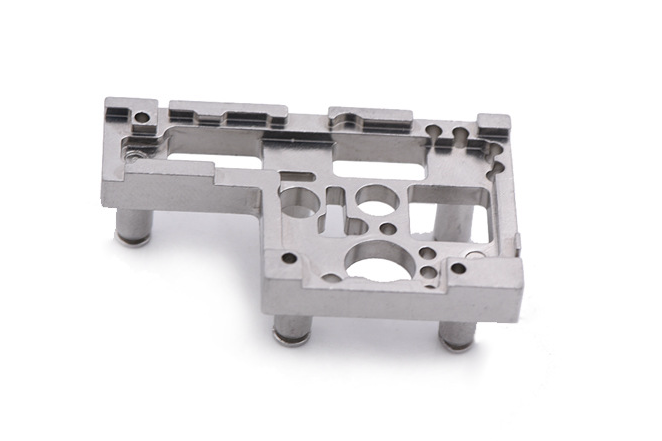How to balance weight reduction with adequate strength in lightweight tool design?
In lightweight tool design, weight reduction is only successful if structural integrity, user safety, and durability are preserved. For applications in power tools and locking systems, this means treating mass as a resource that is placed only along true load paths, while relying on optimized geometry, smart material combinations, and suitable processes such as aluminum die casting, sheet metal fabrication, and plastic injection molding. The goal is to reduce weight at the device level without sacrificing torque capacity, impact resistance, or long-term reliability.
Define Load Paths and Structure Around Them
Balancing weight and strength begins with a clear understanding of forces from the motor, gearbox, fasteners, and user interface. Instead of thick uniform walls, we design thin skins with targeted ribs, gussets, and boxed sections that follow these load paths. Processes such as aluminum die casting and precision casting enable the integration of internal rib networks, bosses, and mounting points without unnecessary bulk. For brackets or internal frames, sheet metal fabrication with formed flanges and bends delivers high stiffness from very thin gauges, allowing structural performance with minimal mass.
Material Selection for Stiffness and Impact Resistance
Once geometry is load-driven, material choice becomes the next lever. High-strength aluminum frames or carriers, including parts prototyped in 6000 series aluminum, provide a strong, lightweight backbone for key load paths. Outer shells and non-structural covers can utilize engineering plastics, such as nylon (PA), PBT, or polycarbonate, via plastic injection molding to provide impact resistance and ergonomic shape, with a 40–60% mass reduction compared to metal. For compact, high-load internal parts such as gears and shafts, high-strength steels processed by metal injection molding offer excellent strength in small cross-sections, supporting lightweight layouts without compromising torque capacity.
Process Strategies to Enable Lightweight Geometries
Manufacturing processes must support the lightweight design intent. Hybrid constructions combine a rigid metal frame from die casting or sheet metal fabrication with plastic outer shells and grips formed by overmolding or insert molding. Early-stage concepts are validated through CNC machining prototyping, 3D printing prototyping, or rapid molding prototyping, allowing engineers to test stiffness, drop behavior, and assembly before investing in serial tooling. This iterative approach ensures that thin walls and reduced sections are still robust in real-world use.
Surface Treatments to Protect Thinner Structures
When walls and ribs are minimized, surface durability becomes more critical. For aluminum housings and frames, anodizing delivers a hard, corrosion-resistant outer layer that compensates for reduced thickness. Steel interfaces and exposed components can be protected by powder coating or painting, adding impact and chip resistance without significant weight increase. Finishing methods like tumbling remove sharp edges and stress raisers, improving fatigue life of lightweight ribs and brackets.
Engineering Guidelines to Balance Weight and Strength
Map all load paths from motor, gearbox, and user grip, and place ribs and sections along these paths rather than using uniform thick walls.
Use metals (cast or sheet) for primary structures and engineering plastics for covers and ergonomic zones, thereby separating structural and aesthetic functions.
Leverage hybrid processes such as overmolding and insert molding to integrate metal strength with lightweight plastic shells.
Validate stiffness, drop, and torsion performance using prototyping workflows before committing to tooling and reducing wall thicknesses.
Specify suitable surface treatments (anodizing, powder coating) to ensure durability of thin sections over the tool’s lifetime.



